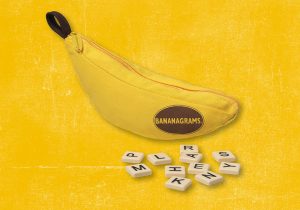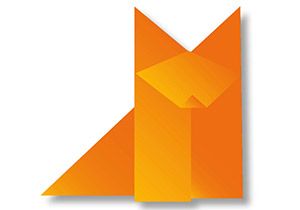
Phonics (Group 1 s,a,t,i,p,n) primary resource
Download free activities for letter sound learning, letter formation, blending and segmenting
The primary resources available to download here have been supplied by Jolly Learning; creators of Jolly Phonics products.
Based on Jolly Phonics, each Cartoonito primary resource sheet provides activities for letter sound learning, letter formation, blending and segmenting. Split into 7 groups, the worksheets contain all 42 letter sounds taught in Jolly Phonics.
Activity: Ask the children to complete the free downloadable worksheet as a fun way to help support children while they are learning to read and write. The teaching resource can be used as a printed handout, for pupils to use in pairs, or as a class exercise.
N.B. The following information for mapping the resource documents to the school curriculum is specifically tailored to the English National Curriculum and Scottish Curriculum for Excellence. We are currently working to bring specifically tailored curriculum resource links for our other territories; including South Africa, Australia and New Zealand. If you have any queries about our upcoming curriculum resource links, please email: schools@ngkids.co.uk
This English primary resource assists with teaching the following Early Years Foundation Stage and Key Stage 1 English (Year 1) objectives from the National Curriculum:
The boundary between revision of work covered in Reception and the introduction of new work may vary according to the programme used, but basic revision should include:
- all letters of the alphabet and the sounds which they most commonly represent
- consonant digraphs which have been taught and the sounds which they represent
- vowel digraphs which have been taught and the sounds which they represent
- the process of segmenting spoken words into sounds before choosing graphemes to represent the sounds
- words with adjacent consonants
- guidance and rules which have been taught
Pupils should be taught to:
- use spoken language to develop understanding through speculating, hypothesising, imagining and exploring ideas
This English primary resource assists with teaching the following Literacy and English Second level objectives from the Scottish Curriculum for Excellence:
- I can recognise how the features of spoken language can help in communication, and I can use what I learn.
- I can recognise different features of my own and others’ spoken language.
Download primary resource
More Like

Let the games begin with Bananagrams!

MYSTERIOUS MACHINES!

Origami for kids!









LEAVE A COMMENT
THANK YOU
Your comment will be checked and approved shortly.
WELL DONE,
YOUR COMMENT
HAS BEEN ADDED!
COMMENTS
CUSTOMIZE YOUR AVATAR